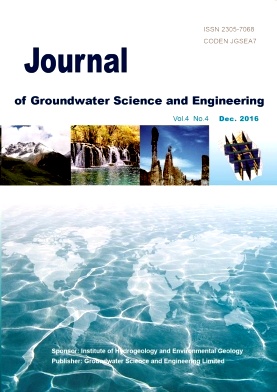DENG Ya-ping, SHI Xiao-qing, WU Ji-chun. Applications of hydrogeophysics in characterization of subsurface architecture and contaminant plumes[J]. Journal of Groundwater Science and Engineering, 2016, 4(4): 354-366.
| Citation: |
DENG Ya-ping, SHI Xiao-qing, WU Ji-chun. Applications of hydrogeophysics in characterization of subsurface architecture and contaminant plumes[J]. Journal of Groundwater Science and Engineering, 2016, 4(4): 354-366.
|
Applications of hydrogeophysics in characterization of subsurface architecture and contaminant plumes
-
1Key Laboratory of Surficial Geochemistry of Ministry of Education, School of Earth Sciences and Engineering, Nanjing University, Nanjing 210023, China.
-
Abstract
Geophysical methods have been applied to a wide range of hydrogeological problems. With improvement in geophysical inversion algorithms and measurement tools, significant achievements have been made in the characterization of subsurface architecture, time-lapse monitoring of hydrogeological process and contaminant plumes delineation. In this paper, we summarize the geophysical methods that are most widely used in hydrogeology including Electrical Resistivity Tomography (ERT), Induced Polarization (IP), Ground Penetrating Radar (GPR) and Electromagnetic Induction (EMI). Three examples including lab and field works are used to demonstrate current application of geophysical methods for characterizing subsurface architecture and contaminant plumes. Though great progress has been made in hydrogeohysics over the last few decades at home and abroad, challenges still remain in practical applications. More recently, hydrogeophysics continues to develop in the areas of establishment of hydrogeophysical models, large-scale architecture characterization, uncertainty analysis, biogeochemical process monitoring and ecosystem science.
-

-
-
Access History







 DownLoad:
DownLoad: